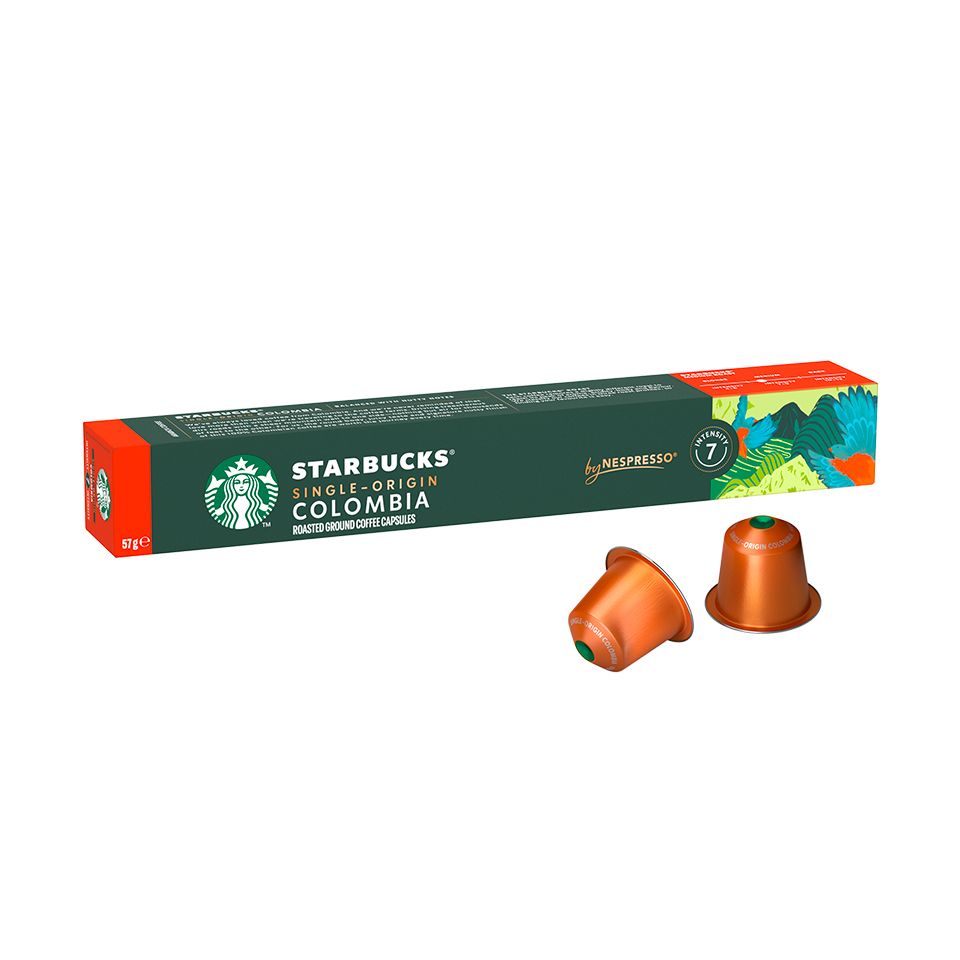Uncovering the Origins Behind Top-Tier SOE Single Origin Espresso
Wiki Article
Recognizing Coffee Beans: the Journey From Espresso to Blended Coffee Beans
The Beginnings of Coffee: A Worldwide Viewpoint
While you may think of coffee as a modern-day staple, its beginnings trace back centuries, intertwining with societies around the world. The tale begins in Ethiopia, where legend states a goat herdsman named Kaldi uncovered the stimulating results of coffee beans after observing his goats frolicking energetically after consuming them. This sparked passion, causing coffee's infect Arab traders who valued the brewed drink. By the 15th century, it reached Persia, Egypt, and Turkey, where coffee shops became social hubs for discussion and culture.As trade courses expanded, coffee made its way to Europe in the 17th century, swiftly acquiring popularity. It changed from a magical beverage into an everyday routine, intellectual exchanges and inspiring events. Each society included its one-of-a-kind twist to coffee preparation, enhancing its background. This international trip highlights how coffee links us, going beyond boundaries and joining varied practices via a basic bean.
Farming and Harvesting of Coffee Beans
As coffee's trip advanced, the emphasis moved to the farming and harvesting of certain bean ranges, especially those utilized for espresso. You'll locate that coffee beans usually originate from Arabica or Robusta plants, each offering distinctive tastes. The excellent expanding problems consist of high altitudes and rich, well-drained soil, which boost the beans' quality.During the harvest, picking methods vary. Timing is essential; you desire to harvest when the cherries get to peak ripeness for maximum flavor.
Once harvested, the beans are prepared for handling, which is essential in determining their last preference. Understanding the farming and gathering processes provides you understanding into what goes right into your preferred espresso, enhancing your appreciation for every mug.
Processing Approaches: From Cherry to Bean
Now that you've discovered collecting espresso beans, allow's explore just how those cherries transform right into the coffee beans you love. You'll see just how different harvesting strategies impact taste, adhered to by the necessary steps of fermentation and drying out. Finally, we'll damage down the milling and grading procedure that identifies your coffee's top quality.Gathering Methods Discussed
When it comes to coffee, comprehending harvesting methods is crucial, given that they straight impact the taste and quality of the beans you enjoy. Selective selecting involves hand-picking only ripe cherries, ensuring you get the best top quality beans. Inevitably, the selection of harvesting technique can significantly influence your coffee experience, so it's worth recognizing how those beans made it to your mug.Fermentation and Drying Out
After gathering, the next action in handling coffee beans play a substantial duty fit their flavor. You'll find that fermentation is essential, as it helps break down the mucilage bordering the beans, improving their taste account. Relying on the approach, this procedure can last from a few hours to several days, with differing results based on temperature level and humidity.Once fermentation is complete, drying follows, which is just as essential. You can pick from mechanical or sun-drying drying out approaches. Sun-drying allows the beans to absorb tastes from the setting, while mechanical drying guarantees regular moisture degrees no matter weather. Correct drying is important to stop mold and mildew and preserve the beans' top quality, ultimately affecting your cup of coffee.
Milling and Grading Refine
As fermentation and drying established the stage for taste development, the milling and grading process warranties that only the most effective coffee beans make it to your mug. This phase includes getting rid of the outer layers of the coffee cherry, including the parchment and husk. After milling, the beans are arranged by dimension and weight, making certain an uniform top quality. You'll find that grading assists determine issues and categorize beans, which influences flavor and scent. Premium beans get a greater grade, resulting in a richer coffee experience. Once graded, the beans await product packaging and delivery, maintaining their distinct characteristics. This precise process is crucial for delivering the outstanding preference you enjoy in every sip of your preferred brew.Roasting Strategies: Opening Flavor Potential
When you roast coffee beans, the technique you choose can significantly affect the flavor profile. Understanding the relationship between time, temperature level, and roasting techniques is vital to revealing the capacity of your brew. Let's check out just how these elements collaborated to produce the ideal cup.Toasting Techniques Clarified
While you might believe that all coffee toasting methods produce the exact same outcomes, the reality is that each strategy discloses unique taste possibilities in the beans. Drum toasting makes use of a rotating drum to evenly distribute warmth, boosting caramelization and creating a balanced flavor. Air roasting, on the other hand, distributes warm air around the beans, promoting a lighter roast with noticable acidity.
Influence On Flavor Profile
Various roasting approaches not only affect the process yet likewise greatly impact the flavor account of the coffee beans. Dark roasts, on the other hand, bring out strong, smoky flavors, sometimes concealing the bean's unique characteristics. Comprehending these subtleties helps you appreciate the virtuosity behind your mug of coffee, Single Origin Espresso enhancing your general experience with every sip.Time and Temperature Level Elements
To launch the complete flavor possibility of coffee beans, both time and temperature level throughout the toasting process play significant roles. When toasting, you'll locate that higher temperatures can rapidly establish flavors, but if you rush it, you might wind up with scorched notes. On the other hand, reduced temperatures enable for an extra progressive taste advancement, showcasing the beans' special qualities.
Timing is equally as important; expanding the roast as well long can bring about a loss of level of acidity and brightness, while also short a roast may leave the beans underdeveloped. Finding that pleasant spot calls for technique and experimentation. By changing these elements, you can disclose the rich, intricate tastes hidden within each bean, developing a genuinely exceptional coffee experience.
The Art of Blending: Crafting Distinct Coffee Accounts

Start by selecting a base coffee that supplies a solid foundation. Pick complementary beans to enhance specific flavor notes. A bright Ethiopian bean can bring fruitiness, while an abundant Brazilian coffee adds body. Testing is vital-- do not be worried to adjust ratios until you discover your excellent profile.
As you blend, remember that each mix informs a tale. You're not simply making coffee; you're producing an experience. So, take your time, preference often, and take pleasure in the trip of discovering your signature mix.
Developing Approaches: How Preparation Affects Taste
Mixing coffee opens up a domain of taste opportunities, but just how you make that mix can considerably influence your final mug. On the other hand, a pour-over highlights the coffee's clarity and illumination, excellent for showcasing delicate notes.Espresso, with its high stress, creates a concentrated shot that highlights sweetness and crema. If you favor a lighter mixture, think about a cold mixture method; it yields a smooth, much less acidic taste.
Inevitably, experimentation is key. Readjusting variables like water temperature, grind size, and brew time can change your coffee's account. Embrace the art of brewing to uncover the flavors concealed in your coffee blends. The right method can boost your experience to new elevations.
The Future of Coffee: Sustainability and Advancement
As the coffee market develops, sustainability and innovation are becoming important for attending to ecological challenges and conference customer demands. You'll notice that more coffee companies are embracing green practices, from sourcing beans morally to executing sustainable farming strategies. These shifts not only assist the earth however additionally boost the quality of the coffee you enjoy.You may see advancements like biodegradable packaging and water-saving brewing methods that lower waste. Advanced modern technology, such as blockchain, is additionally becoming popular, ensuring transparency in the supply chain, which permits you to map your coffee back to its beginnings.
In enhancement, investing in regional neighborhoods and supporting farmers through reasonable profession efforts promotes a much more sustainable coffee ecological community. As you sip your next cup, remember that your choices can contribute to a brighter future for coffee. By choosing lasting brand names, you're not just enjoying a beverage; you're making a positive effect on the world.
Frequently Asked Questions
What Is the Distinction In Between Arabica and Robusta Beans?
Arabica beans are smoother, sweeter, and have a higher level of acidity, while robusta beans are stronger, more bitter, and include more high levels of caffeine. When making your coffee., you'll notice these differences in taste and scent.How Does Altitude Affect Coffee Bean Flavor?
Altitude influences coffee bean taste substantially. Higher altitudes generate beans with brighter level of acidity and complex tastes, while lower altitudes frequently produce beans that are larger and less nuanced. You'll observe these differences in your mug!What Are the Health Advantages of Drinking Coffee?
Consuming coffee can boost your energy, enhance mental emphasis, and also enhance physical performance. It's abundant in anti-oxidants, might reduce the threat of particular illness, and can advertise a healthier metabolic rate when eaten in small amounts.Can Coffee Beans Be Recycled for Brewing?
Yes, you can reuse coffee beans for developing, however the taste may be weaker. If you delight in experimenting, attempt reusing them in different ways, like cold brews or including to shakes for an extra kick.How Should I Store Coffee Beans for Freshness?
To keep your coffee beans fresh, save them in an airtight container in a great, dark area. Avoid exposing them to light, wetness, or warmth, as these aspects can promptly degrade their taste and fragrance.Comprehending Coffee Beans: the Trip From Espresso to Blended Coffee Beans.
Currently that you've found out about collecting coffee beans, allow's explore exactly how those cherries change into the coffee beans you enjoy.When you roast coffee beans, the approach you pick can drastically influence the flavor account - Single Origin Espresso.While you could think that all coffee toasting techniques generate the very same outcomes, the fact is that each strategy reveals one-of-a-kind taste possibilities in the beans.Various roasting methods not just affect the procedure but additionally substantially influence the flavor account of the coffee beans
Report this wiki page